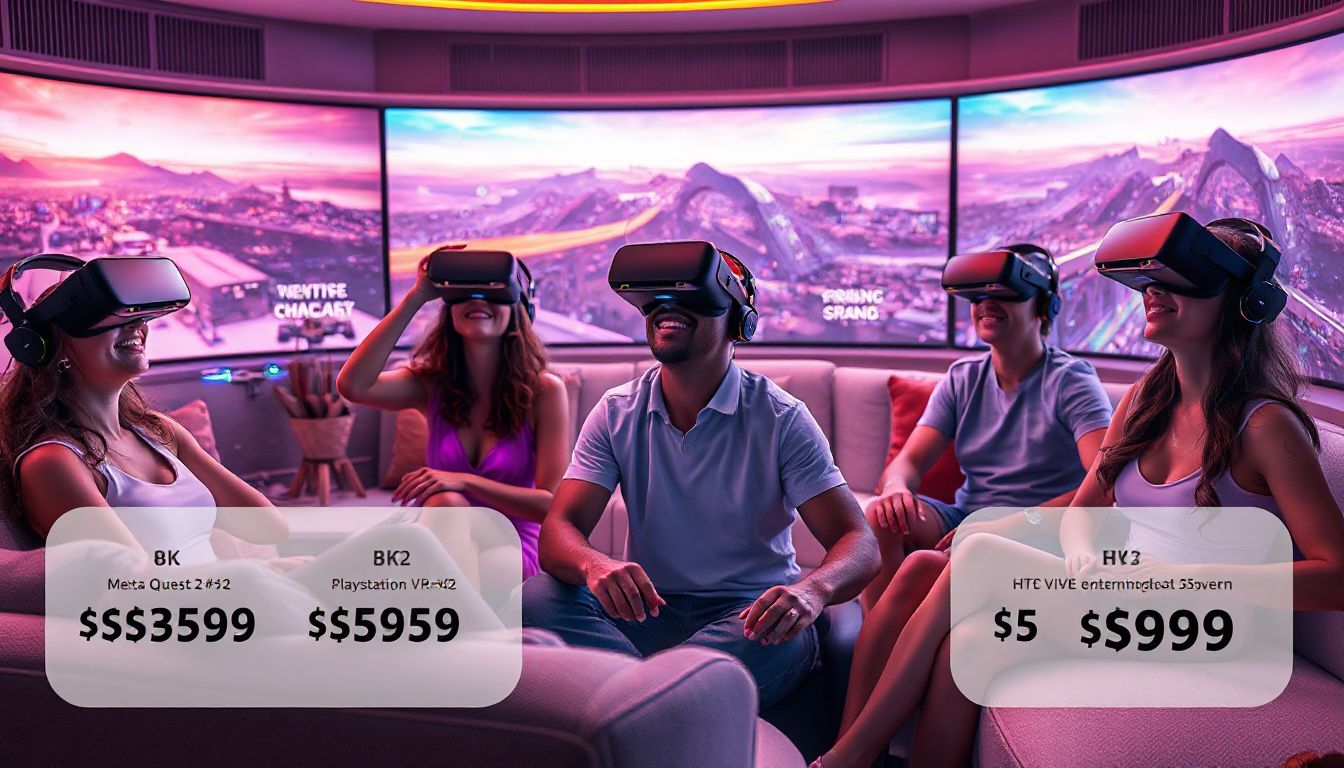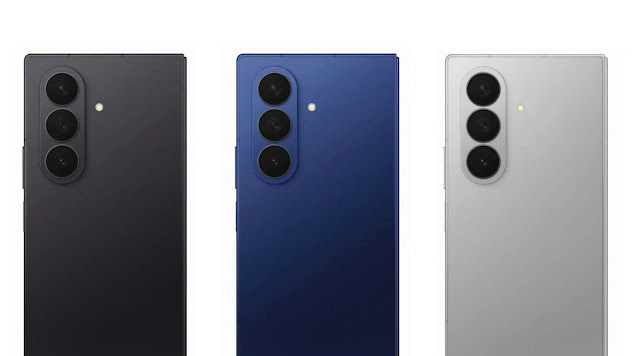The Future of Virtual Reality in Entertainment:

Real Prices and What to Expect in 2025:
Introduction
Virtual reality (VR) has been promising to change the way we enjoy movies, games, and social events for years. With each new device, the hype around VR booms again, fueling hopes of a new entertainment era. Today, more affordable hardware, better content, and real-world examples show VR’s promise might soon turn into reality. In this article, we’ll look at actual prices for VR gear in 2024, what new tech is available, and what this all means for entertainment lovers like you and me in the near future.
The Evolution of Virtual Reality in Entertainment
Historical Overview of VR Adoption
VR started with bulky, expensive prototypes that only tech geeks could fuss over. Early headsets cost thousands of dollars and offered limited comfort and content. It was hard for most people to see VR as more than a neat idea. But over the years, prices dropped and hardware improved, pushing VR closer to everyday use.
Major Breakthroughs in VR Technology (2021-2024)
Between 2021 and today, hardware got a big boost. Screen resolutions got sharper, so VR worlds look more real. Comfort improved with lighter headsets and better straps. Motion tracking became more precise, making movements smoother. Content has also grown with popular titles like Beat Saber and Half-Life: Alyx, which prove VR isn’t just for techies anymore. Experts agree: VR has finally matured enough for serious entertainment. It’s no longer a niche product but a genuine option for many homes.
Current VR Hardware and Real Prices in 2024
Leading VR Headsets and Their Costs
Here are the top VR headsets you can buy now, along with their current prices:
- Meta Quest 3 — approx. $499
This standalone headset is great for beginners. No need for a PC, and it offers good immersion. - Valve Index — approx. $999
A high-end option for serious gamers. It offers better visuals and controllers but needs a powerful PC. - Sony PlayStation VR2 — approx. $549
Perfect for PlayStation owners. Combines good quality with the console’s ease.
Additional Equipment and Accessories Costs
You might need extra gear like controllers, sensors, or haptic gloves. These cost between $150 and $300, depending on what you want. High-end VR often requires a powerful PC or a gaming console, which adds to the total spend.
Hidden Expenses and Budget Tips
Apart from buying the hardware, expect to pay for games or subscriptions. Popular services like Meta’s Quest Plus cost around $10 a month, giving access to new titles. To save money, look for bundles or sales, and start small if you’re new. Many affordable VR options deliver quality experience without breaking the bank.
Content and Experiences Driving VR Adoption
Popular VR Games and Experiences in 2024
VR titles now range from fast-paced rhythm games like Beat Saber to immersive shooters like Half-Life: Alyx. Social apps like VRChat let you meet friends or strangers in virtual worlds. These experiences make VR more than just gaming; now it’s about hanging out and exploring new realities.
Streaming, Virtual Concerts, and Social VR
Virtual concerts are booming, with artists like Travis Scott hosting shows inside VR worlds. These events draw huge crowds and show how VR is becoming part of real-world entertainment. Watching a concert in VR feels more like being there, even if you’re miles apart.
How Content Quality and Variety Influence Market Growth
The more high-quality, diverse content available, the faster VR will grow. Exclusive games and unique experiences make people want to buy headsets. Industry insiders say developers are focusing on making VR content more accessible and fun for everyone.
Challenges and Limitations Still Facing VR Entertainment
Technical Barriers
Comfort is still an issue. Long play sessions can cause fatigue or motion sickness for some. Hardware weight and battery life also limit how long you can enjoy VR on the go.
Accessibility and Market Penetration
While prices are dropping, VR still isn’t for everyone. Many potential users don’t know much about VR, or they think it’s too expensive. Making VR more affordable and easier to try will help boost sales.
Content Development and Monetization
Creating great VR experiences costs a lot, especially for small developers. High development costs mean fewer new titles and less variety. This slows down adoption, especially among gamers who want fresh, engaging content regularly.
Future Outlook: What Can Consumers Expect in 2024 and Beyond?
Technological Advancements on the Horizon
Expect new tech like eye-tracking and foveated rendering, which make visuals sharper and hardware lighter. Wireless VR is getting better, giving users more freedom without tangled wires. Prices might continue to drop as new players enter the market.
Potential Growth Areas
VR isn’t just for gaming. It’s expanding into education, fitness, and remote work. Companies are using VR to train employees or hold meetings, making it a versatile tool.
Expert Predictions
Industry leaders forecast VR market size will triple over the next few years. The future holds more affordable options, better hardware, and richer content. This will make VR entertainment more accessible and more enjoyable for all.
Conclusion
VR technology is finally hitting its stride with realistic prices, solid content, and better hardware. While some challenges remain, the current trends show an exciting future. In 2024, more people will be able to experience VR's immersive world without spending a fortune. If you’re interested, start with a budget-friendly headset like Meta Quest 3 and explore the newest content. As VR continues to grow, so will the ways we enjoy movies, games, and social events—right from our own living rooms. The VR entertainment revolution is near, and it’s worth checking out now.


Comments
Post a Comment